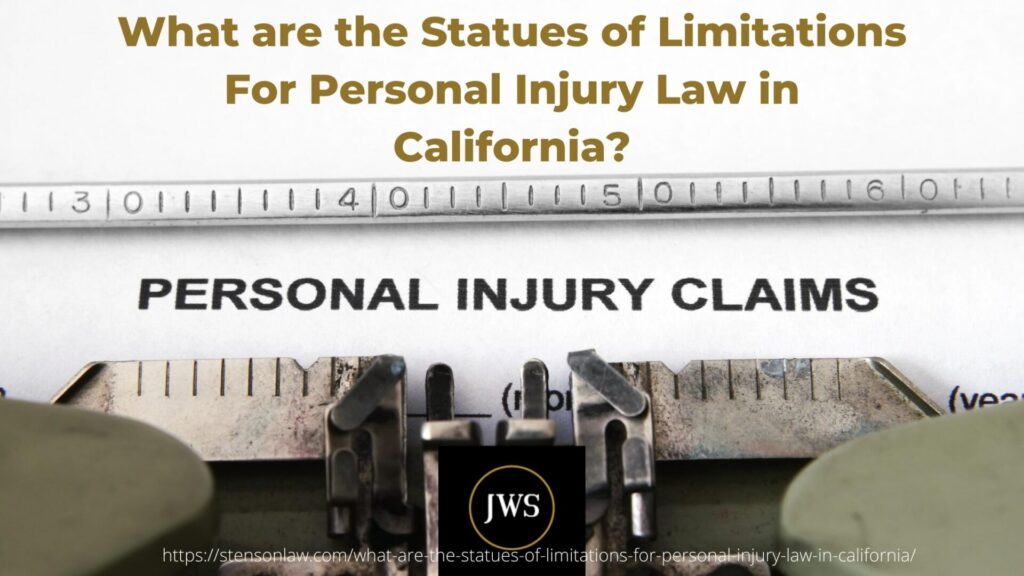Is California a No-fault state? What You Need to Know

At-fault and no-fault insurance policies in any country can play a crucial role in understanding the accident law of that country. These laws will affect how you handle insurance policies or claims and who will be responsible for your accident. When we talk about California, it follows a fault-based system for car accidents. This means […]
What are the Statues of Limitations For Personal Injury Law in California?

If you’ve decided to seek help from a personal injury lawyer, it is reasonable to contact a personal injury lawyer as soon as possible. This way, they can start working on your case without wasting any time. Because every state has limitations for filing a personal injury case, In California, statutes of limitations are laws […]


